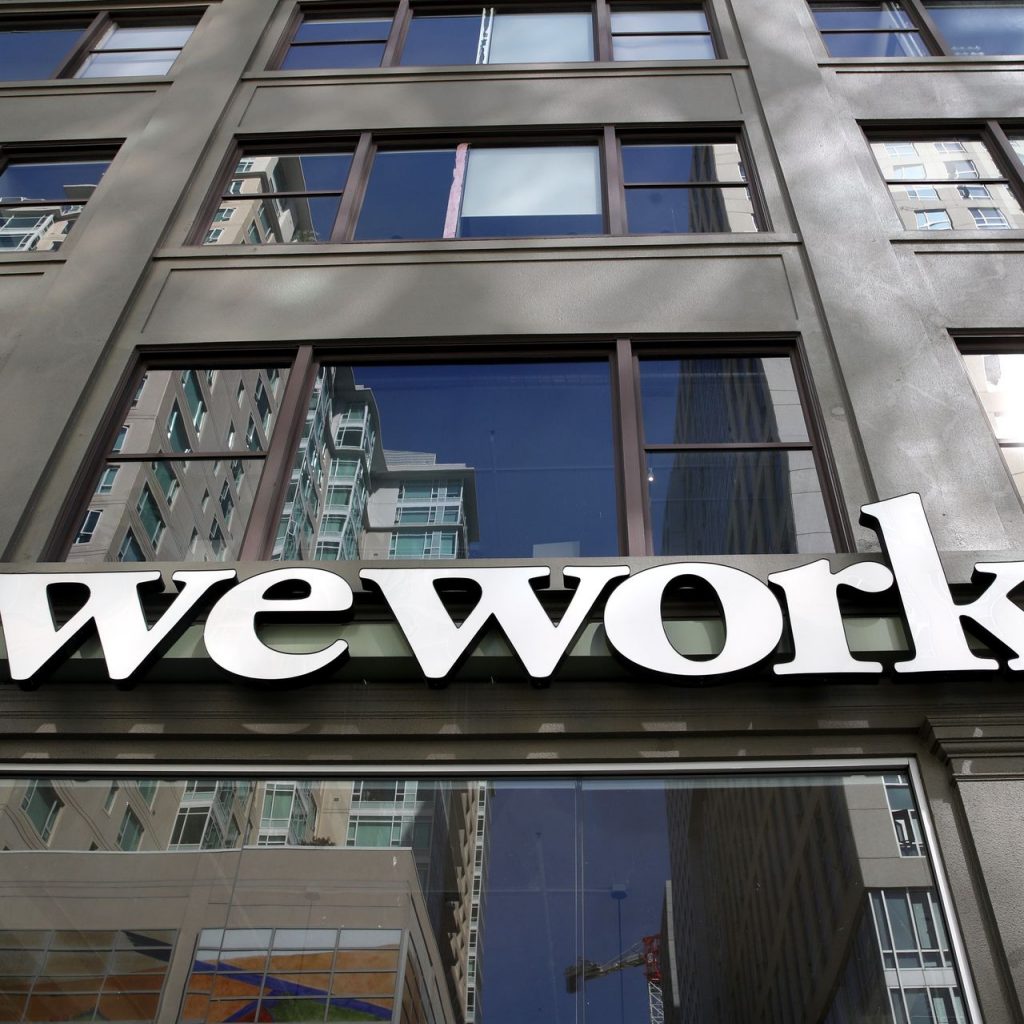Hindsight is always 20/20.
Back in 2006 the housing market peaked while the stock market continued to roar. Then in 2007 the stock market peaked, and after only one year the housing and stock markets began to decline in tangent.
Many experts believe the housing market peaked in mid-2018 and is now beginning to correct. In the meantime, the S&P 500 continues to be moving up.
Is the stock market attempting to re-test new highs? Or one year from now will we look back and see the same set-up between the stock and housing markets that was saw in 2006 and 2007?
We believe there is a correlation between the stock market and the housing market, if you know what data to look for. With this information investors can predict performance of the housing and stock markets in advance, rather than looking at missed profit opportunities in the rearview mirror.
There are three leading economic indicators to predict future price movements in the housing market: building permits, housing starts, and new home sales. When these three data points begin to move down while the housing price index stays steady – which is exactly what’s been happening – it’s a sign that home prices are going to fall.
The S&P 500 index is made up of the top 500 blue-chip companies in the U.S. Among these are companies in the real estate and housing sectors. If global investors believe the housing market is going to move down, they’ll sell or short the stocks of homebuilders and REITS.
Our three leading indicators mentioned above also affect the prices of housing-related commodities such as the price of lumber. Trade war rhetoric aside, the price of lumber is based almost purely on supply and demand. When there’s a decline in construction demand, lumber prices go down to offset the excess supply.
The change isn’t always immediate because there’s a lag time between the end user and the manufacturer, but eventually prices go down due to lower demand. This same correlation exists in all industries. For example, computer and cell phone retailers and semiconductor and cellular phone manufacturers such as Apple.
Similar to what occurred in 2005, 2006, and 2007 we’re seeing the same housing and stock market pattern emerge today:
- Homebuilder stocks have declined about 30% since the beginning of 2018
- REITs have declined about 20% since January 2018
- Lumber prices have declined by more than 40% over the past 9 months
When the three leading indicators of building permits, housing starts, and new home sales decline along with the prices of housing-related stocks and a steep drop in housing-related commodity prices, investors can predict a housing crisis before the crash actually occurs.




